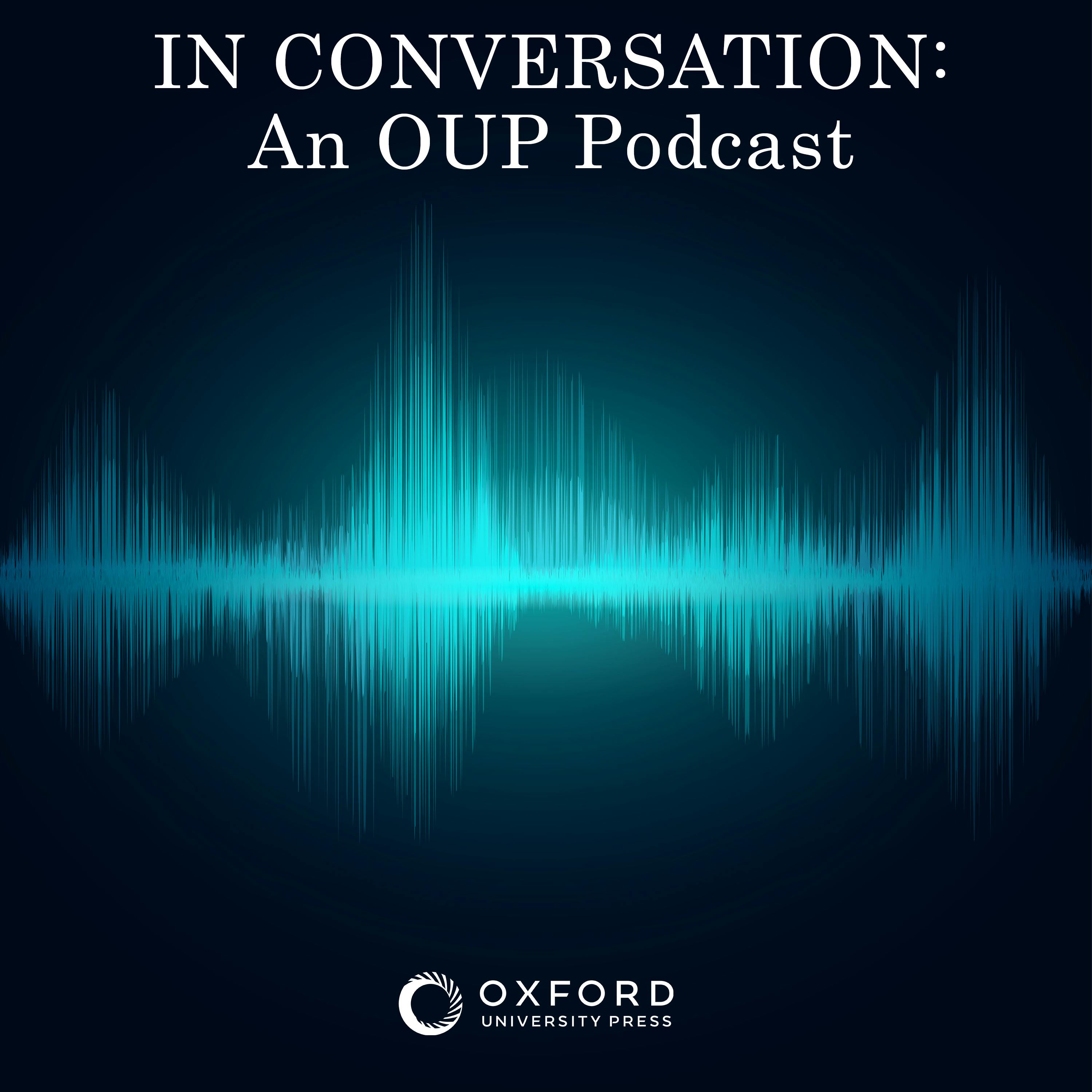
Sophia Rose Arjana, “Muslims in the Western Imagination” (Oxford UP, 2015)

In Conversation: An OUP Podcast
Shownotes Transcript
In Muslims in the Western Imagination) (Oxford University Press, 2015), Sophia Rose Arjana) explores a variety of creative productions–including art, literature, film–in order to tell a story not about how Muslims construct their own identities but rather about how Western thinkers have constructed ideas about Muslims and monsters. To what extent are these imaginary constructs real? Is it possible for one’s imagination to create things that are more telling than what is actually real? Arjana’s monograph is compelling, in part, because of the plethora of examples she offers–from a range of cultures and time periods–to help us understand just how deeply stereotypes and fears run in the very fabric of Western imaginations. She demonstrates, in fact, that it’s not just Muslims who are portrayed in troubling ways, but also characters that seem foreign to any extent. Dracula, for example, pushes boundaries between Muslim and Jewish–and is also not quite human; in this way, Arjana draws important parallels between the historically contingent categories of anti-Semitism and Islamophobia. Arjana also draws on films, such as Star Wars and 300, while noting that not all Orientalist imagery is necessarily offensive, even if some of it clearly is for many people. Whether the book ultimately conveys despair or optimism about the current state of cultural affairs will likely vary from reader to reader. It remains clear, however, that Arjana meticulously and artfully portrays a long continuum of how certain types of people have seen themselves as civilized and human, precisely in relation to an inhuman or “post-human” contrast that fits somewhere in the category of Muslim monsters. Given the wide range of popular cultural icons that Arjana explores in her carefully written, rich, and provocative monograph appeals at once to fields such as literature, gender studies, art history, religious studies, and political science.